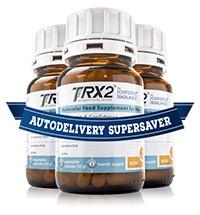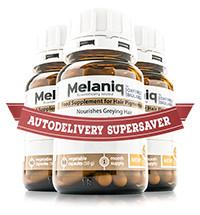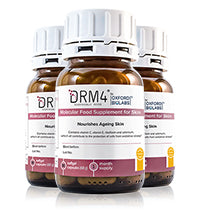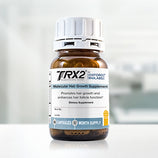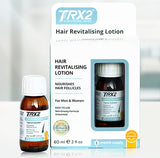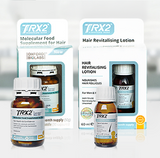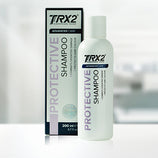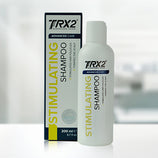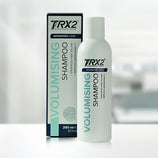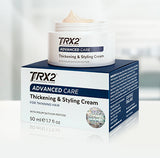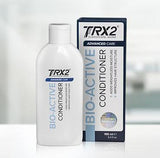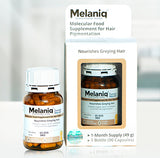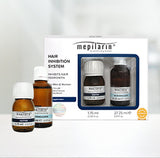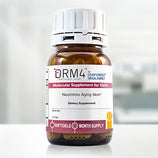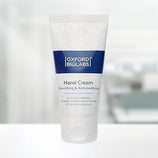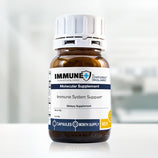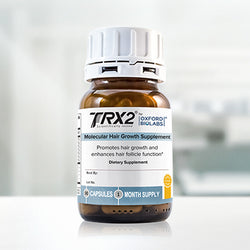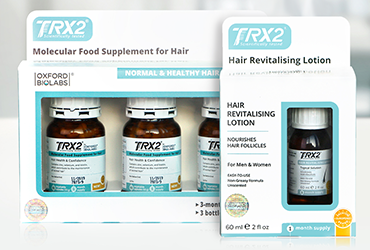What is the hair porosity test and what is the best way to care for porous hair?
Hair is like a very fragile sponge that is subject to damage from environmental factors and detrimental hair grooming routines. For hair to be healthy, it requires a certain level of moisture which gives it strength, lustre, and elasticity. If the moisture balance is disrupted, this can result in limp, dry, or wiry hair that can’t hold on to water/hair care products, and subsequently is hard to deal with. The key to cracking the porosity problem is figuring out which type of porosity one has and implementing a hair porosity treatment regimen to better suit the type of hair.
What is hair porosity?
Porosity is the measure by which water and air can pass through a substance. Hair can have high porosity, normal porosity or low porosity. The level of porosity can be genetically predetermined, or made worse (highly porous) by chemical treatments, bleaching, mechanical damage, and other factors.
Interestingly, some drug users intentionally make their hair highly porous to beat hair drug testing. The logic behind this is fairly simple - if the hair is more porous, it will quickly expel any traces of the illicit substances. Fortunately, science is one step ahead, and scientists now have several foolproof ways to identify drugs in damaged hair.
How to determine hair porosity
Special tests or methods are not necessary to determine the level of porosity. Generally, this can be deduced by reading the above-mentioned signs of hair porosity. However, there is a quick test that allow anyone to figure out their specific hair type that can be done right at home.
Float method
- Fill a bowl with room temperature water
- After washing and drying hair, pull or cut off a few strands
- Place the strands in the bowl and observe
If the hair sinks very quickly, it is highly porous. If it slowly sinks, the hair is normal. Lastly, if the hair stays afloat or takes longer than 5 minutes to start sinking, this is characteristic of low porosity.

What does low porosity hair mean?
Low porosity hair tends to be hydrophobic (repels water). This isn’t necessarily a bad thing, and with proper care, this type of hair can be easily managed. It tends to be fairly shiny, and is often dark in colour.
Signs of low porosity hair:
- Repels water, causing excess moisture to sit on top of hair
- Does not readily absorb hair care products and takes a long time to dry
- Difficult to chemically treat
- Prone to dryness, being wiry and frizzy
What is high porosity hair?
High porosity hair is considered to be a direct result of damage that causes the hair’s outer sheath to be more permeable (have more “holes”). The damaged surface makes it impossible for moisture retention, and of course, the ultimate effects are a mess of unmanageable hair. While this damage is not reversible, this type of hair can be brought back to life with deep conditioning and products which support protein production (BCAAs and Biotin).
Because moisture retention is much higher, hair is weighed down when wet, leading to breakage and loss of elasticity. This phenomenon is also noticeable on humid days and manifests as frizz and tangled hair.
Signs of high porosity hair:
- Requires more hair products to achieve the same effect as with normal porosity
- Hair often looks dehydrated and lacks lustre
- Prone to frizziness
What causes high porosity hair?
- Basic hair grooming products - Shampoos and conditioners that contain chemicals like sulphates strip the hair of its protective oils and proteins, which in turn leads to brittleness and an increase in porosity.
- Aggressive chemical treatments - Permanent waving, bleaching, dyeing, and straightening/curling arguably harm the hair sheath the most. Not only is hair heat damaged, but the physico-chemical structure of the hair follicle is changed. Repeat procedures eventually cause irreversible changes.
- Mechanical damage - Excessive brushing/combing and using rubber bands instead of proper hair ties can inflict friction damage, even leading to thinning and hair loss.
- Environmental factors - Ultraviolet radiation is a well-known aggravator of ageing in hair. Prolonged exposure to sunlight without proper summer hair protection may lead to physical and chemical changes in the hair, leading to increased porosity.
What is normal or medium hair porosity?
Normal porosity hair generally requires little maintenance and is the most manageable of the three porosity types. In this case, hair holds on to just enough water to keep the moisture balance optimal. This makes hairstyling easier, requiring less fuss, and hair treatments like colouring are more likely to produce what’s stated and shown on the package. Although this is the type of porosity the majority of people have, hair can still be damaged and those luscious locks may turn into a frizzy, limp mess.
Signs of normal porosity hair:
- Requires low maintenance
- Produces best results after any type of treatment
- Ideal moisture balance, hair retains and repels the perfect amount of water
- Nice texture, elasticity, and volume
How to improve hair porosity
To return the natural moisture balance to hair one must first understand how porous one’s hair is. With this understanding, it becomes easier to control and manage an appropriate hair care routine that includes hydrating, moisturising agents that can penetrate deep into the hair follicle and seal in the moisture.
Chemically-treated, bleached, heat-damaged hair is often highly porous and stripped of natural amino acids and nutrients. Restoring it can be a difficult process, but by using products that are able to improve hair structure, like TRX2® hair supplement, and those that lock in moisture, like TRX2® Thickening & Styling Cream, hair becomes healthier, stronger, and most importantly well-hydrated.
